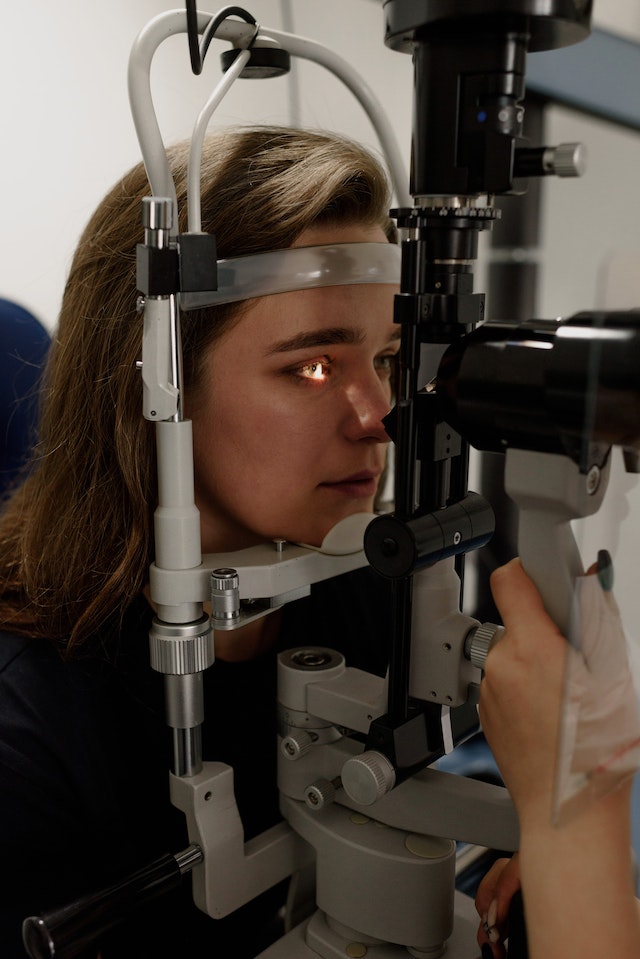Introduction: Advancements in medical technology have ushered in a new era of patient care, revolutionizing the way healthcare professionals diagnose, treat, and monitor conditions. From sophisticated medical devices to innovative tools, these cutting-edge technologies are transforming patient care and improving outcomes. In this article, we will explore how these advancements are reshaping healthcare and enhancing the overall patient experience.
- Remote Patient Monitoring Systems: Remote patient monitoring systems enable healthcare providers to remotely track and monitor patients’ vital signs and health parameters. These systems employ wearable devices, sensors, and mobile applications to collect real-time data, allowing healthcare professionals to intervene promptly in case of any concerning changes. Remote patient monitoring enhances patient convenience, promotes proactive management of chronic conditions, and reduces the need for frequent hospital visits.
- Smart Implants: Smart implants, such as pacemakers and insulin pumps, incorporate advanced sensors and connectivity features. These implants monitor physiological parameters, deliver personalized treatments, and wirelessly transmit data to healthcare providers. Smart implants enhance patient comfort, improve treatment accuracy, and enable remote adjustments, minimizing the need for invasive procedures or frequent clinic visits.
- Digital Health Platforms: Digital health platforms, including electronic health records (EHRs) and patient portals, streamline healthcare delivery and enhance communication between patients and providers. EHR systems centralize patient information, allowing for easy access, efficient coordination of care, and data-driven decision-making. Patient portals empower individuals to access their medical records, schedule appointments, communicate with healthcare providers, and actively participate in their own care.
- Artificial Intelligence (AI)-Assisted Diagnostics: AI-assisted diagnostics leverage machine learning algorithms to analyze vast amounts of medical data, aiding in the detection and diagnosis of diseases. AI algorithms can interpret medical images, laboratory results, and clinical data with high accuracy, assisting healthcare professionals in making faster and more precise diagnoses. AI-assisted diagnostics improve efficiency, reduce diagnostic errors, and contribute to early intervention and improved patient outcomes.
- Robotic-Assisted Surgery: Robotic-assisted surgical systems provide surgeons with enhanced precision, dexterity, and visualization during complex procedures. These systems combine robotic arms, cameras, and advanced instruments controlled by surgeons to perform minimally invasive surgeries. Robotic-assisted surgery reduces trauma, minimizes scarring, shortens recovery time, and improves surgical outcomes for patients.
- Point-of-Care Testing Devices: Point-of-care testing devices allow for rapid and accurate diagnostic testing at the point of care, such as bedside or in clinics. These portable devices can deliver quick results for various tests, including blood glucose, cholesterol, infectious diseases, and more. Point-of-care testing improves accessibility, enables timely decision-making, and facilitates immediate initiation of treatment, particularly in emergency situations or resource-limited settings.
- Augmented Reality (AR) for Medical Training: AR technology is being utilized in medical training to enhance learning experiences for healthcare professionals. AR overlays virtual information and images onto the real-world environment, providing interactive and immersive training scenarios. Medical students and practitioners can visualize anatomical structures, practice surgical procedures, and improve their skills in a realistic virtual setting, leading to more competent and confident healthcare providers.
- Telemedicine and Virtual Visits: Telemedicine has revolutionized healthcare by enabling remote consultations between patients and healthcare providers. Virtual visits allow individuals to access medical advice, receive diagnoses, and discuss treatment plans through video conferencing or telecommunication platforms. Telemedicine improves healthcare accessibility, especially for individuals in rural or underserved areas, reduces travel costs and wait times, and facilitates continuity of care.
Conclusion: Cutting-edge medical devices and tools are transforming patient care, enhancing diagnostics, treatment, and overall healthcare delivery. Remote patient monitoring systems, smart implants, AI-assisted diagnostics, and robotic-assisted surgery are just a few examples of how technology is revolutionizing healthcare. As these advancements continue to evolve, we can expect even more innovative solutions that will further improve patient outcomes, increase efficiency, and provide a higher standard of care for patients worldwide.




